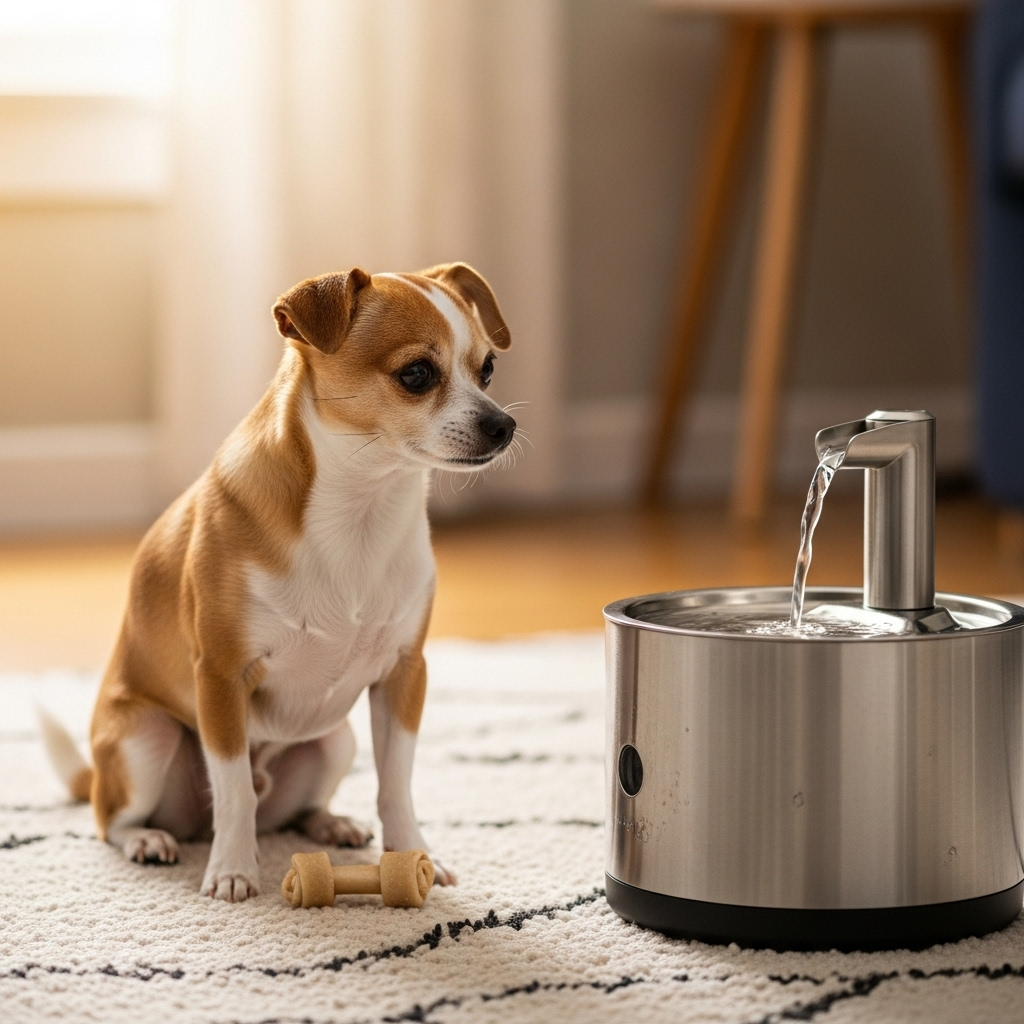Gentle Probiotics for Senior Toy-Breed Dogs

As toy-breed dogs get older, their digestive systems and immune responses can become more sensitive. Choosing a gentle probiotic formula made specifically for senior toy breeds can support digestion, reduce occasional diarrhea or constipation, and help maintain healthy nutrient absorption. This article explains what to look for, how to introduce probiotics safely, and when to consult your veterinarian.
Why senior toy-breed dogs may benefit from a gentle probiotic
Toy breeds (Chihuahua, Pomeranian, Yorkie, Maltese, etc.) have unique needs: low body weight, smaller stomachs, and often slower metabolic and immune function as they age. A tailored, gentle probiotic can help by:
- Balancing gut bacteria to reduce soft stools, gas, and occasional digestive upset.
- Supporting nutrient absorption, which matters for older dogs with lower appetite or dental issues.
- Bolstering mucosal immunity in the gut, an important part of overall immune health.
- Potentially reducing antibiotic-associated diarrhea when used appropriately under veterinary guidance.
Key features of a gentle formula for senior toy breeds
Mild strain selection
Gentle products typically include well-studied strains such as Lactobacillus (e.g., L. rhamnosus, L. reuteri), Bifidobacterium species, Enterococcus faecium (in many veterinary formulations), or the yeast Saccharomyces boulardii. These strains are commonly used in dogs and are generally well-tolerated; however, always check with your vet before starting any new supplement.
Appropriate potency and dosing
Senior toy breeds often do well on lower, carefully measured doses rather than very high CFU counts intended for large breeds. Many gentle formulas are designed specifically for small dogs or allow you to divide doses. A safe approach is to follow the product label for small-breed dosing and consider starting at a half dose, then increasing to the full dose over several days if tolerated.
Form and delivery
Powders, pastes, or small soft chews are often easiest to administer to toy breeds. Powders can be mixed into a small amount of food or water, which is helpful if your dog has dental issues or a picky appetite. Avoid formulas with xylitol or other dog-toxic sweeteners.
Clean ingredient list
Look for formulas with minimal fillers, no artificial colors, and low fat content (important for dogs with pancreatitis risks). Prebiotics (like FOS or inulin) can be beneficial but may cause gas in some pets—introduce slowly.
How to introduce probiotics safely
- Check with your veterinarian first, especially if your dog is on medication, has a chronic condition, or is immunocompromised.
- Choose a product labeled for dogs or specifically for small breeds/senior dogs.
- Start with half the recommended dose for 3–5 days, watching stool consistency, appetite, energy, and any bloating or gas.
- If well tolerated, increase to the full labeled dose. Maintain consistent daily use for several weeks to evaluate benefit.
- If your dog is taking antibiotics, give the probiotic a 2–3 hour window separated from the antibiotic dose, or follow your vet’s specific instructions.
What to monitor and when to stop
Most pets experience mild, short-lived gas or slightly softer stools when starting probiotics. Stop use and call your veterinarian if you notice:
- Persistent or worsening diarrhea lasting more than 48 hours
- Vomiting, loss of appetite, or sudden lethargy
- Signs of an allergic reaction (hives, facial swelling, difficulty breathing)
Choosing a product: practical tips
- Pick veterinary-formulated products or those labeled for dogs rather than human probiotics.
- Avoid products containing xylitol, grapes, raisins, or other known canine toxins.
- Consider freeze-dried/CFU-stable formulas; check storage recommendations (some need refrigeration).
- Read the label for strain specificity and CFU at time of manufacture—reputable brands will list strains and have quality control statements.
Pros and cons
| Pros | Cons |
|---|---|
| May reduce occasional diarrhea, gas, and constipation | Possible mild gas or soft stools when starting |
| Supports nutrient absorption and gut immunity | Not a cure-all; underlying disease requires veterinary diagnosis |
| Many gentle formulas tailored to small/senior dogs | Variable quality between brands—some lack clear strain labeling |
FAQ
Q: Are dog probiotics safe for senior toy breeds?
A: Generally yes, when you choose a formula made for dogs and introduce it slowly. Always consult your veterinarian for pets with chronic illness, on immunosuppressive drugs, or serious health problems.
Q: How long before I see results?
A: Some owners notice changes in stool consistency within a few days; full benefits may take 2–6 weeks. Keep observing and follow up with your vet if there’s no improvement.
Q: Can I use human probiotics for my small dog?
A: It’s better to use probiotics specifically formulated for dogs. Human products may contain strains or doses that are not ideal for small or senior dogs and could include incompatible additives.
Q: Will probiotics help my dog’s bad breath or skin issues?
A: Probiotics mainly act on the gut. Improved digestion and gut health can sometimes indirectly help skin and breath, but targeted dental care or dermatologic treatment may still be needed.
Key Takeaways
- Choose a gentle, dog-specific probiotic designed for small or senior breeds.
- Introduce slowly (start at half dose) and monitor stool, appetite, and energy.
- Separate probiotics from antibiotics by a couple of hours and consult your vet if your dog is immunocompromised or on multiple medications.
- Look for clear strain labeling, minimal fillers, and packaging/storage guidance.
- If issues persist or worsen, stop the probiotic and contact your veterinarian for evaluation.
Disclaimer
The information provided here is for educational purposes and does not replace professional veterinary advice. Before starting any supplement, including probiotics for senior toy-breed dogs, consult your veterinarian—especially if your dog has existing health conditions or is taking prescription medications.

Leave a Reply